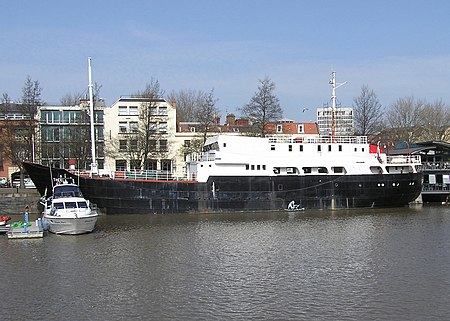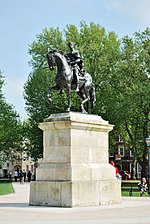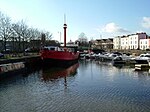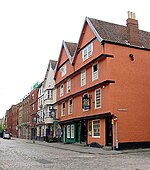The Thekla

Thekla is a former cargo ship moored in the Mud Dock area of Bristol's Floating Harbour, England. The ship was built in Germany in 1958 and worked in the coastal trades. In 1982 the ship was bought by Ki Longfellow-Stanshall, the wife of Vivian Stanshall, refitted, and brought to Bristol in 1983 as the Old Profanity Showboat. It was used as a theatre to showcase music of every sort, including cabaret, comedy, plays, musicals, and poetry events. The ship also contained an art gallery. The living quarters were home for Vivian, Ki, their daughter, Silky Longfellow-Stanshall, and Ki's daughter, Sydney Longfellow, as well as a few key personnel. During the 1990s, under new management, it was run as a rent-a-nightclub. The ship has now been returned to its original working name of Thekla and is run as a night club and venue for various bands by Daybrook House Promotions.
Excerpt from the Wikipedia article The Thekla (License: CC BY-SA 3.0, Authors, Images).The Thekla
The Grove, Bristol City Centre
Geographical coordinates (GPS) Address Nearby Places Show on map
Geographical coordinates (GPS)
| Latitude | Longitude |
|---|---|
| N 51.44917 ° | E -2.59518 ° |
Address
The Grove Car Park
The Grove
BS1 4QH Bristol, City Centre
England, United Kingdom
Open on Google Maps











